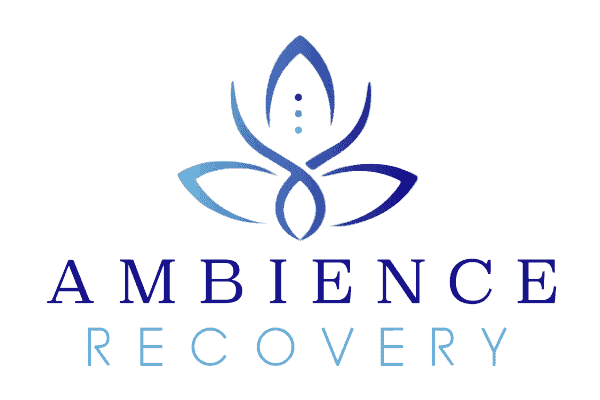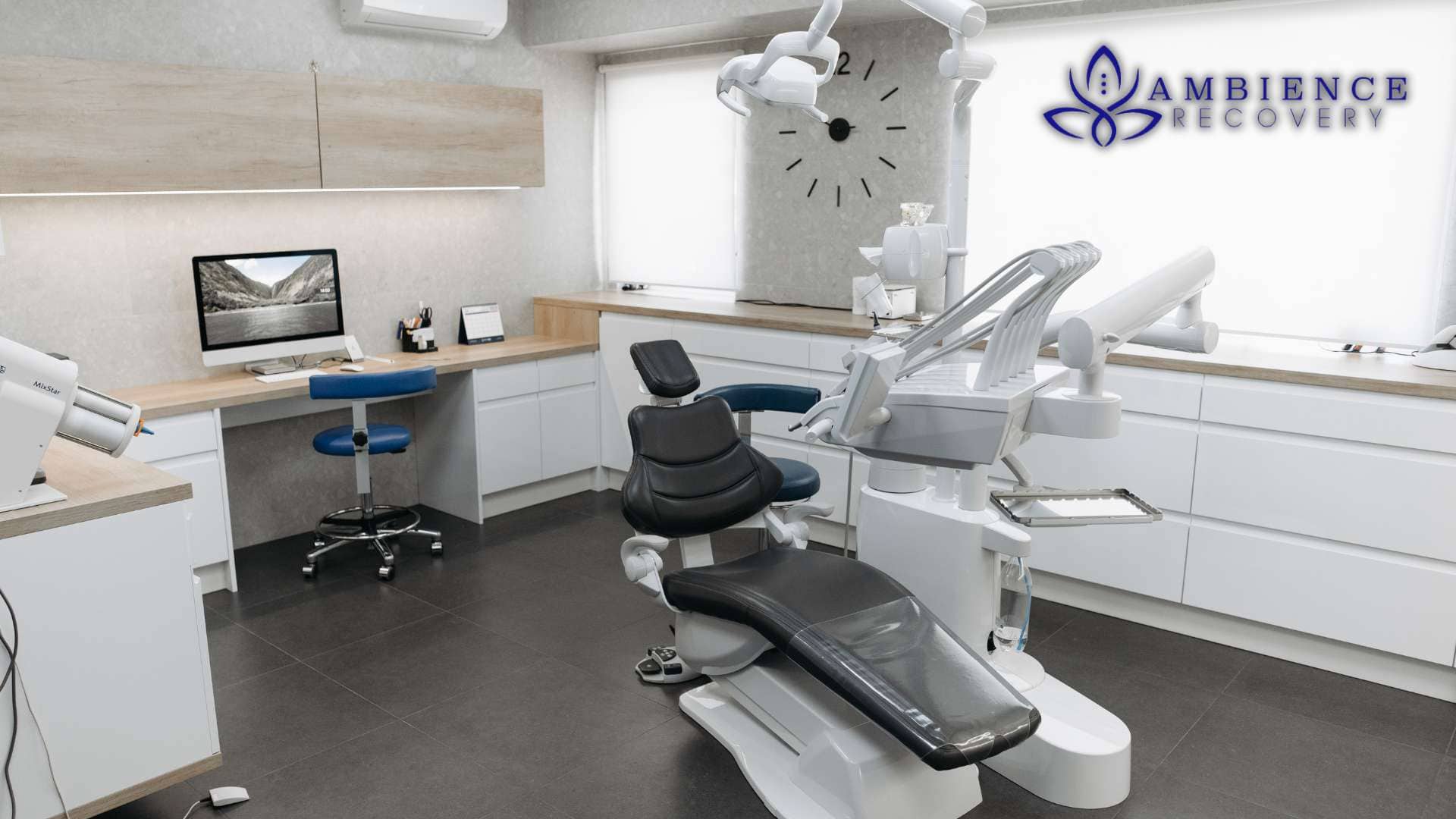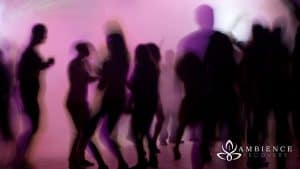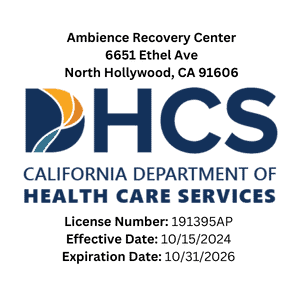Key Takeaways
- Nitrous oxide, commonly used in whipped cream dispensers, is a widely abused recreational drug known as “whippets.”
- Short-term effects include euphoria and dizziness, while long-term misuse can lead to nerve damage, brain damage, and vitamin B12 deficiency.
- Treatment programs provide effective solutions for recovery from nitrous oxide addiction.
Introduction
Nitrous oxide, or “laughing gas,” is a colorless gas with legitimate uses in medicine and food preparation. It’s commonly used as an anesthetic in dental procedures and propellant in whipped cream dispensers. But for some, nitrous oxide is more than a tool—it’s a way to get high.
Known as “whippets,” the recreational misuse of nitrous oxide is especially popular among young adults seeking a quick euphoric buzz. While the high may seem harmless at first, nitrous oxide abuse carries serious risks, from short-term dizziness to long-term nerve damage and addiction. This article explores the dangers of nitrous oxide abuse, its effects on the body, and how to seek treatment.
What is Nitrous Oxide (Whippet) and How is it Used?
Nitrous oxide is a versatile gas with various medical and industrial applications. It’s used as a mild anesthetic to manage pain in medical settings. In the food industry, it’s found in whipped cream dispensers, where it acts as a propellant.
When used correctly, nitrous oxide is safe. But when inhaled recreationally, it can be dangerous. People misuse nitrous oxide by inhaling it from whipped cream canisters, balloons, or chargers, which are small metal cartridges containing the gas. This misuse causes a short burst of euphoria and relaxation, making it a popular “party drug.”
The appeal of nitrous oxide lies in its accessibility and ease of use. However, this convenience comes with significant risks.
Short-Term Effects of Nitrous Oxide Abuse
Inhaling nitrous oxide deprives the brain of oxygen, leading to the temporary feelings of euphoria and laughter that give it the nickname “laughing gas.” These effects usually last only a few minutes, prompting users to inhale repeatedly for prolonged highs.
Common Short-Term Effects:
- Euphoria and a sense of relaxation.
- Dizziness and lightheadedness.
- Lack of coordination and confusion.
While these effects may seem harmless, the risks increase with repeated use. Fainting or losing consciousness is common due to reduced oxygen levels. Impaired judgment caused by nitrous oxide can lead to accidents, falls, or other injuries.
Long-Term Effects and Dangers of Nitrous Oxide Misuse
Chronic misuse of nitrous oxide can cause serious health issues, some of which may be permanent.
Nerve and Brain Damage From Whippet Use
Long-term nitrous oxide abuse disrupts the body’s ability to absorb vitamin B12, a vital nutrient for nerve health. This deficiency can cause:
- Numbness or tingling in the hands and feet.
- Weakness and difficulty walking.
- Memory problems and confusion.
Prolonged oxygen deprivation from nitrous oxide misuse can also lead to brain damage, affecting cognitive functions and motor skills.
Addiction and Dependency to Inhalant Abuse
Although nitrous oxide isn’t traditionally considered addictive, frequent use can lead to psychological dependency. Users may find themselves craving the euphoric effects and prioritizing nitrous oxide over responsibilities or relationships.
Other Health Risks From Whippet Abuse
- Increased risk of accidents due to impaired coordination.
- Breathing issues from excessive inhalation.
- Frostbite injuries from improper handling of nitrous oxide canisters.
Signs of Nitrous Oxide Abuse
Recognizing the signs of nitrous oxide abuse is the first step toward seeking help.
Behavioral Signs:
- Frequently using whipped cream dispensers or chargers without a legitimate reason.
- Possession of balloons or metal cartridges is often associated with nitrous oxide misuse.
- Neglecting work, school, or personal responsibilities.
Physical Symptoms:
- Dizziness and slurred speech.
- Tingling or numbness in extremities.
- Pale or blue-tinted skin from oxygen deprivation.
Emotional and Psychological Signs:
- Increased anxiety or mood swings.
- Cravings for the gas and inability to stop using it.
If these signs sound familiar to you or someone you love, it’s time to consider professional help.
Treatment Options for Nitrous Oxide Addiction
Recovery from nitrous oxide addiction is possible with the proper support and treatment plan.
Medical Detox For Drug Abuse
The first step in treatment is detoxification. Medical detox helps manage withdrawal symptoms like anxiety, nausea, and headaches while stabilizing overall health.
Therapy and Counseling
Cognitive-behavioral therapy (CBT) and other counseling methods address the psychological aspects of addiction. Therapy helps individuals identify triggers, develop coping strategies, and rebuild healthier habits.
Inpatient and Outpatient Programs
Inpatient treatment provides a structured environment for recovery, while outpatient programs allow flexibility for those with work or family commitments. Both options offer access to counseling, group therapy, and education about substance use.
Long-Term Support
Recovery doesn’t end after formal treatment. Ongoing support through programs like Narcotics Anonymous (NA) or aftercare services helps maintain sobriety and prevent relapse.
Preventing Nitrous Oxide Misuse
Preventing nitrous oxide abuse starts with education and awareness.
For Parents and Caregivers:
- Talk openly about the risks of nitrous oxide misuse with children and teens.
- Monitor access to whipped cream dispensers or chargers in the home.
For Communities:
- Promote awareness campaigns about the dangers of inhalants.
- Advocate for stricter regulations on nitrous oxide sales to limit recreational use.
Prevention efforts can make a significant difference in reducing nitrous oxide abuse and its consequences.
Conclusion
Nitrous oxide abuse, while often perceived as harmless, can have serious and lasting consequences. From short-term dizziness and euphoria to long-term nerve damage and dependency, the risks are real. Recognizing the signs of misuse and seeking professional treatment are crucial steps toward recovery.
If you or someone you know is struggling with nitrous oxide abuse, help is available. Contact Ambience Recovery at 866-721-7470 for compassionate care and effective treatment options. Take the first step toward a healthier, brighter future today.
FAQs
What is nitrous oxide, and how is it abused?
Nitrous oxide, or “laughing gas,” is often misused by inhaling it from whipped cream dispensers or chargers to achieve a brief euphoric high.
What are the short-term effects of inhaling nitrous oxide?
Short-term effects include euphoria, dizziness, and impaired coordination.
Are whippets addictive?
While not traditionally addictive, frequent use can lead to psychological dependency and cravings.
What are the long-term effects of whippet use?
Chronic misuse can cause nerve damage, vitamin B12 deficiency, brain damage, and respiratory issues.
How can nitrous oxide addiction be treated?
Treatment includes medical detox, therapy, counseling, and long-term support through recovery programs.
What are the side effects of whippets?
Side effects of whippets (nitrous oxide) include dizziness, headaches, euphoria, nausea, numbness, and with frequent use, nerve damage, memory issues, and weakened muscle coordination.
What are signs I should get help for nitrous oxide use?
You should seek help if you experience dependency, cravings, frequent use, physical symptoms like numbness or weakness, or if your use is affecting your daily life, relationships, or responsibilities.
Can recreationally using whippets cause a vitamin b12 deficiency?
Yes, recreational use of nitrous oxide can deplete vitamin B12 levels, leading to nerve damage, numbness, tingling, and other neurological symptoms if left untreated.
How to reverse nitrous oxide damage?
Reversing nitrous oxide damage involves stopping use, replenishing vitamin B12 levels through supplements or injections, and addressing any nerve or cognitive damage with medical support.
How long does it take to recover from nitrous oxide?
Recovery time varies based on severity but can range from a few days to weeks for minor symptoms, while nerve damage or severe deficiencies may take months to heal with proper treatment.
What are the symptoms of nitrous oxide toxicity?
Symptoms of nitrous oxide toxicity include confusion, dizziness, nausea, shortness of breath, muscle weakness, numbness, tingling in extremities, and in severe cases, nerve or brain damage.
How do you flush out nitrous oxide?
The best way to flush nitrous oxide from your body is to stop using it and focus on hydration, proper nutrition, and, if necessary, vitamin B12 supplementation under medical supervision.
How do you treat nitrous oxide neurotoxicity?
Treatment involves discontinuing nitrous oxide use, replenishing vitamin B12, addressing any neurological symptoms, and receiving physical therapy or counseling if nerve or cognitive damage has occurred.
What does nitrous oxide do to your brain?
Nitrous oxide affects the brain by blocking oxygen uptake, which can result in euphoria, confusion, or dizziness, and long-term use may lead to nerve damage, cognitive impairment, or memory loss.
Can you still feel pain with laughing gas?
Laughing gas (nitrous oxide) reduces pain perception and creates a sense of relaxation, but it doesn’t completely eliminate pain. It’s often used in combination with other anesthetics for more significant pain relief.
Resources
https://www.dallasnews.com/opinion/commentary/2023/12/04/addiction-domestic-violence-link-dallas/
https://www.sciencedirect.com/science/article/abs/pii/S1359178916300040
https://pmc.ncbi.nlm.nih.gov/articles/PMC7879597/
Katie is a Licensed Clinical Social Worker who has worked as a primary therapist, supervisor, and now clinical director for SUD/MH treatment centers for the past 12 years. Katie is trained in Brainspotting, EMDR, Internal Family Systems and Dialectical Behavior Therapy and is passionate about treating substance use disorders, trauma and grief.






